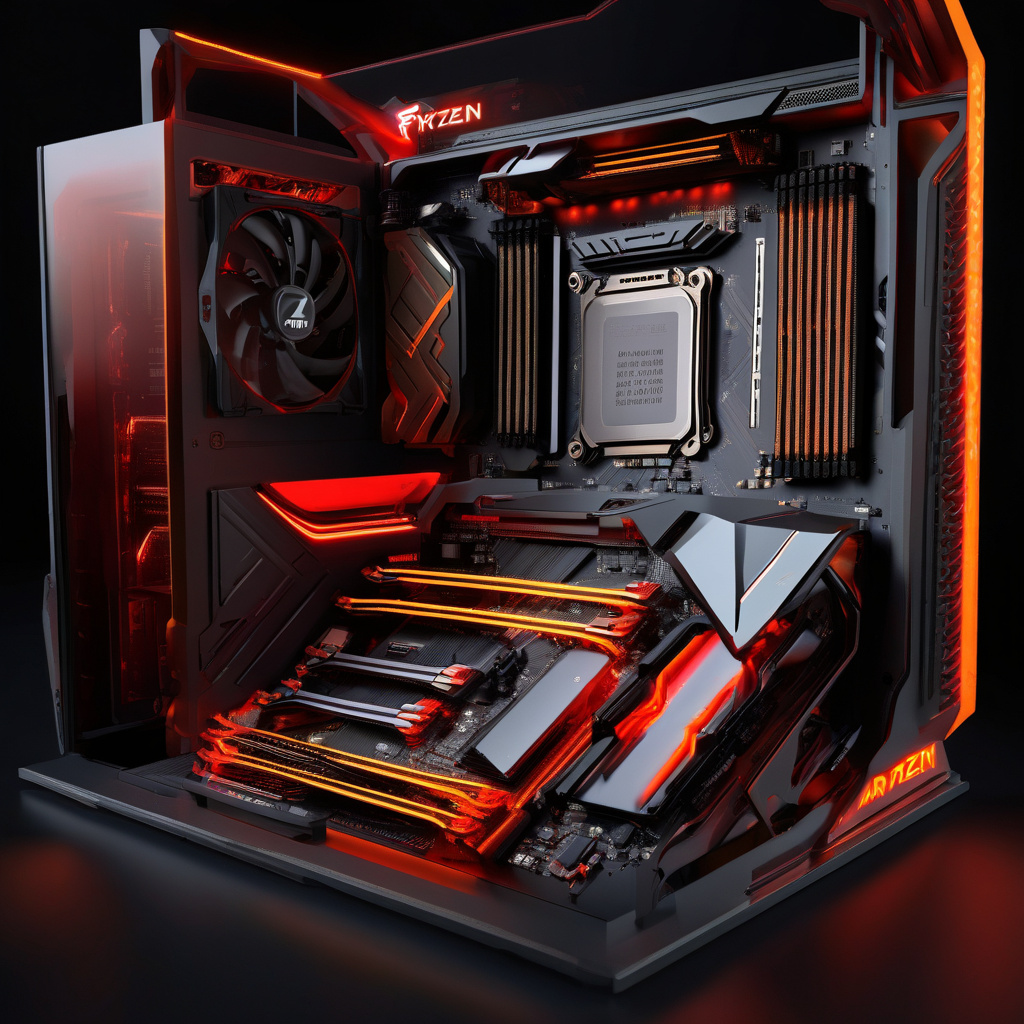AMD’s Latest Move to Challenge Intel in Workstations
In a bold move to shake up the professional workstation and high-end desktop (HEDT) markets, AMD has unveiled its newest line of high-performance computing processors at Computex 2025. The Ryzen Threadripper Pro 9000 WX-Series and Ryzen Threadripper 9000 Series are designed to tackle demanding workloads like VFX rendering, scientific simulations, CAD, and AI development for enterprise-grade workstations in fields such as engineering, healthcare, defense, and AI.
By introducing these processors, AMD is setting its sights on challenging Intel’s long-standing dominance with its Xeon W-3500 and Xeon W-2500 processors in the realm of enterprise workstations. This competitive move is not just about introducing new products; it signifies a strategic shift in the market landscape, where AMD is positioning itself as a formidable contender in the workstation arena.
One of the key advantages that AMD brings to the table with its Ryzen Threadripper CPUs is the focus on performance and efficiency. These processors are optimized to deliver exceptional computing power, enabling professionals to handle complex tasks with ease. For industries that rely heavily on computational power, such as engineering firms or healthcare organizations conducting data-intensive research, having access to high-performance processors can significantly enhance productivity and innovation.
Moreover, AMD’s decision to target specific industries like engineering, healthcare, defense, and AI development underscores the company’s commitment to understanding the unique needs of these sectors. By tailoring their products to meet the demands of these specialized fields, AMD is not only showcasing its technical prowess but also demonstrating a keen understanding of the diverse requirements of modern workstations.
The launch of the Ryzen Threadripper CPUs represents a strategic move by AMD to expand its presence in the workstation market and challenge Intel’s stronghold in this space. With a strong focus on performance, efficiency, and industry-specific optimization, AMD is making a compelling case for professionals in various sectors to consider their processors for their computing needs.
As AMD continues to innovate and push the boundaries of high-performance computing, it will be interesting to see how Intel responds to this new wave of competition. In an industry where technological advancements drive progress, the rivalry between AMD and Intel is not just about market share; it is about pushing the boundaries of what is possible in the world of workstations and high-performance computing.

